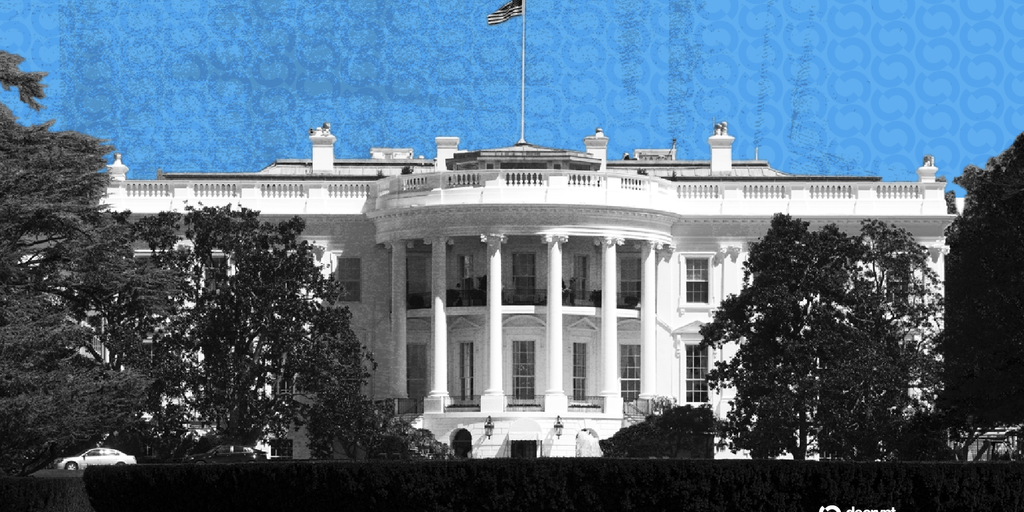How Web3 is transforming global regulatory frameworks
The dawn of a new era
The concept of Web3, which represents the third generation of the internet, has been gaining significant traction in recent years. It is built upon the principles of blockchain technology, decentralization, and openness, aiming to revolutionize the way we interact with the digital world. However, as Web3 begins to reshape the online landscape, it also poses a new set of challenges for regulatory bodies worldwide. In this article, we will delve into the impact of Web3 on global regulatory frameworks and explore the efforts being made to address these challenges.
Decentralization and regulation
One of the primary characteristics of Web3 is decentralization, which enables peer-to-peer interactions and eliminates the need for intermediaries. While this shift can lead to greater autonomy and innovation, it also creates new regulatory hurdles. Traditional financial systems are based on centralized authorities, which can monitor and regulate financial activities with ease. In contrast, decentralized networks, such as blockchain-based platforms, are much harder to monitor and regulate.
The challenge of regulation
The decentralization of Web3 presents several challenges for regulatory bodies. For instance, how can governments effectively monitor and regulate the flow of funds on a decentralized platform? How can they ensure the safety and security of transactions and user data? The answer lies in finding new regulatory approaches that accommodate the principles of decentralization and openness.
Emerging regulatory frameworks
Several regulatory frameworks are being developed to address the challenges posed by Web3. For instance, the United States’ Securities and Exchange Commission (SEC) has established a dedicated division for fintech and digital assets. The SEC is working closely with the blockchain and fintech industries to develop regulations that balance innovation with investor protection.
The Sandbox model
The Sandbox model, developed by the Singaporean government, is another innovative approach to regulating Web3. This model involves creating a regulated sandbox environment, where blockchain and fintech companies can test their products and services without being subject to strict regulatory requirements. Once a company has proven its product’s viability, it can graduate to a fully regulated environment.
International cooperation
The emergence of Web3 also requires international cooperation between regulatory bodies. In 2020, the G20 leaders endorsed the Financial Action Task Force (FATF) guidance on virtual currencies, which aims to combat money laundering, terrorist financing, and other financial crimes. This guidance has set a precedent for international cooperation in regulating Web3.
Industry self-regulation
In addition to regulatory frameworks and international cooperation, the Web3 industry is also taking steps to self-regulate. For instance, the Global Digital Asset and Cryptocurrency Association (GDCAA) has developed a set of best practices for digital asset exchanges, aimed at ensuring the integrity and security of the market.
Industry-led initiatives
Several industry-led initiatives are also being implemented to promote transparency and accountability. For instance, the Blockchain Transparency Institute (BTI) has developed a blockchain governance framework, which aims to ensure that blockchain projects are transparent, secure, and compliant with regulatory requirements.
Conclusion
In conclusion, the emergence of Web3 is transforming global regulatory frameworks. The decentralized nature of Web3 poses new challenges for regulatory bodies, but innovative approaches such as the Sandbox model, international cooperation, and industry self-regulation are being developed to address these challenges. As Web3 continues to evolve, it is essential that regulatory bodies and industry stakeholders work together to ensure that this technology is harnessed for the betterment of society.
FAQs
What is Web3?
Web3 represents the third generation of the internet, built upon the principles of blockchain technology, decentralization, and openness.
How does decentralization impact regulation?
Decentralization presents new challenges for regulatory bodies, as it eliminates the need for intermediaries and makes it harder to monitor and regulate financial activities.
What are the emerging regulatory frameworks?
Several regulatory frameworks are being developed to address the challenges posed by Web3, including the Sandbox model and international cooperation between regulatory bodies.
How is the Web3 industry self-regulating?
The Web3 industry is self-regulating through industry-led initiatives, such as the Blockchain Transparency Institute’s blockchain governance framework and the Global Digital Asset and Cryptocurrency Association’s best practices for digital asset exchanges.
What is the role of international cooperation in regulating Web3?
International cooperation between regulatory bodies is essential in regulating Web3, as it enables the sharing of best practices and the development of consistent regulatory frameworks across borders.



